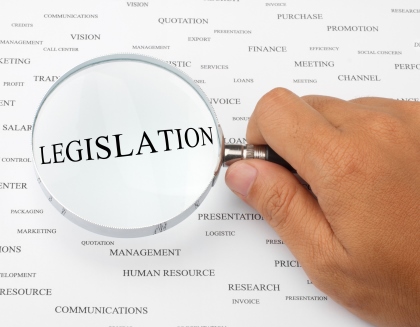
Regulatory Affairs
When people get sick they rely on modern medicine to make them better and this is done without a second thought because they know that the manufacturers have spent years developing their products to ensure their effectiveness and safety. The animal health industry also invests huge resources in developing, testing and manufacturing safe, effective veterinary medicines and Europe has one of the world’s most stringent licensing systems for controlling medicines (see Bringing veterinary medicines to market).
EFFICIENT REGULATION
The Europe Commission began a review of the legislation governing veterinary medicinal products in 2010 and IFAH-Europe is pushing for a regulatory process that can deliver a true single market for these products via what the federation has named the “1-1-1 Concept” – i.e. one dossier, one scientific assessment and one decision for marketing authorisation for all veterinary medicinal products. To assist with the preparation of the European commission’s impact assessment IFAH-Europe prepared a comprehensive Impact Assessment Data Package.
The links below give more detail on the 1-1-1 Concept and the benefits of a more harmonised system.
The benefits of 1-1-1
The 1-1-1 Concept leads to a more efficient regulatory system, benefitting all stakeholders:
- Efficient use of the European Medicines Regulatory Network’s (EMRN) resources: reducing bureaucracy, removing duplication, attracting/retaining high quality staff
- Workload sharing for the national authorities
- Fair and equitable regulatory environment for all applicants
- Harmonised implementation leading to an efficient and proportionate system
- Better Regulation, giving increased public confidence and reducing administrative burden
- Increased access to EU markets creating business opportunities for small and medium entreprises
- Improved product availability benefiting animal health and welfare through improved access to veterinary medicines for pet owners, vets and farmers
- Enhanced food safety, food security, and protection of public health from zoonotic diseases
- Resources freed to provide market control and surveillance which will increase public confidence in the EMRN
